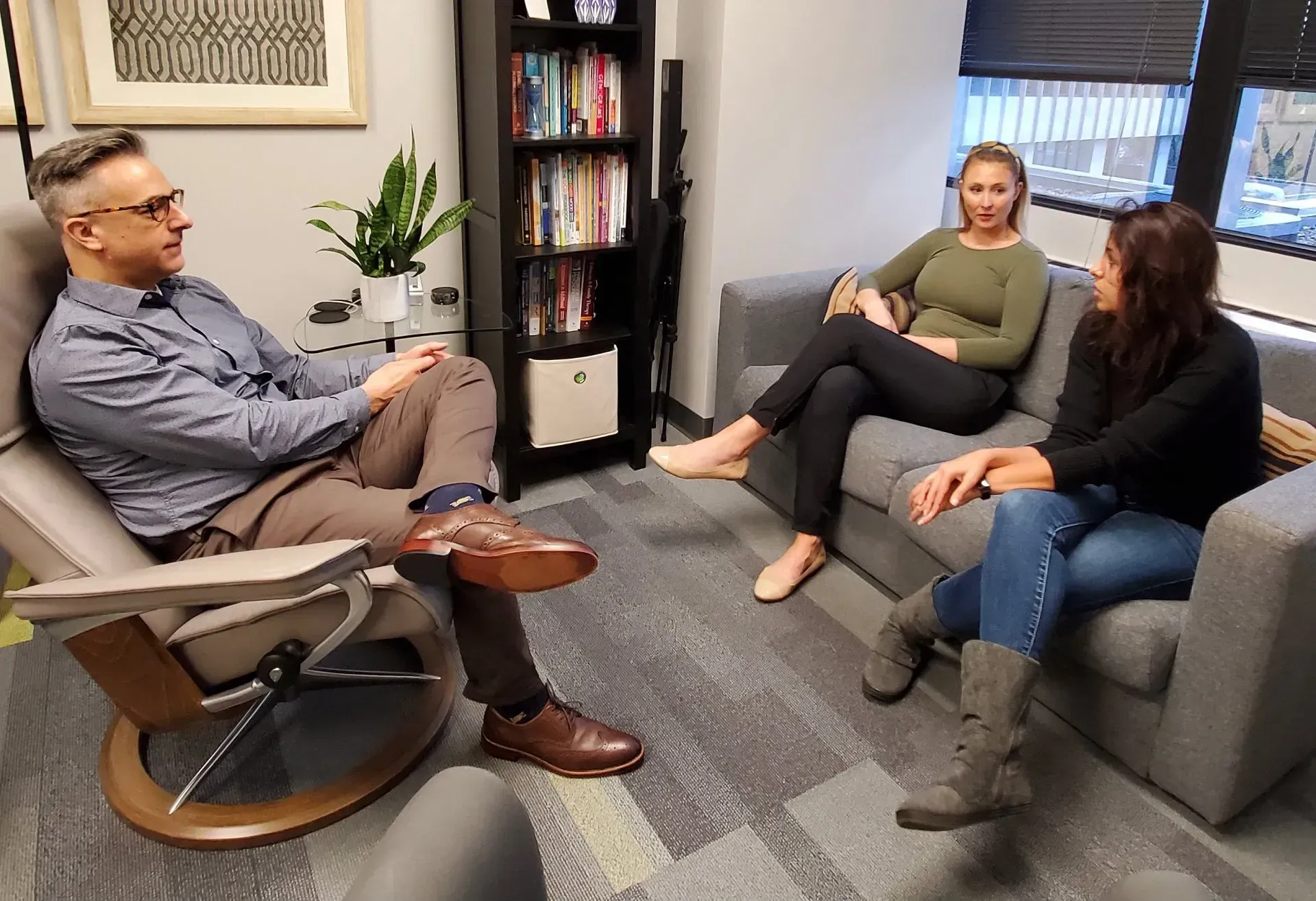schema therapy
Schemas are defined as self-defeating life patterns that have roots in childhood development. As children we develop ways of being based on our biology, how we are raised, life experiences, and other factors. These adaptations become patterns of coping that are gradually ingrained as automatic responses. What may have partly helped us cope in childhood, however, may not be as helpful as adults. Schemas give us a language to understand these broad patterns and schema therapy a path to modify them.
Schema therapy (ST) is an integrative psychotherapy that combines elements from attachment, cognitive-behavioral, object relations and other theories into a unifying conceptual and treatment model. ST begins with a comprehensive case conceptualization that provides a broad and deep narrative of one’s life functioning story and its roots in early schema (life pattern) development.
ST emphasizes the importance of experiential therapy (i.e., engaging in emotions in real-time with the therapist through a variety of multisensory techniques) – including how it is essential to achieve lasting change and personal growth. ST also incorporates cognitive and behavioral components in treatment – recognizing that learning and growth require engaging the full triad of cognition, behavior and emotions.
For many, the schema therapy journey begins with learning more about the
18 schemas (life patterns) and subsequent
schema-modes (how we behave when schemas activate). Another good resource is
Jeff Young’s (who developed schema therapy) 1991 book
Reinventing Your Life – although in 1991 he only identified 11 schemas.
I completed my training in schema therapy at the
Schema Therapy Institutes of NJ-NYC under the supervision of
Wendy Behary. I am an advanced certified schema therapist, supervisor and trainer.






